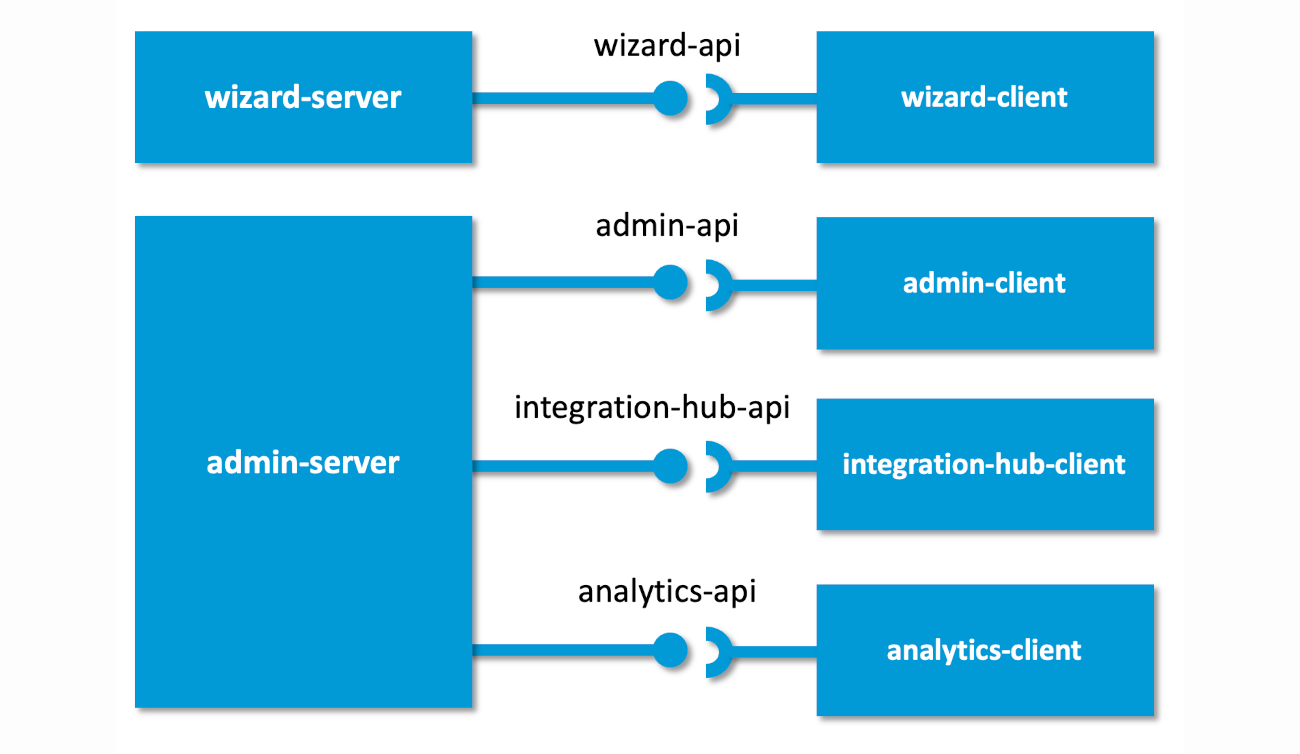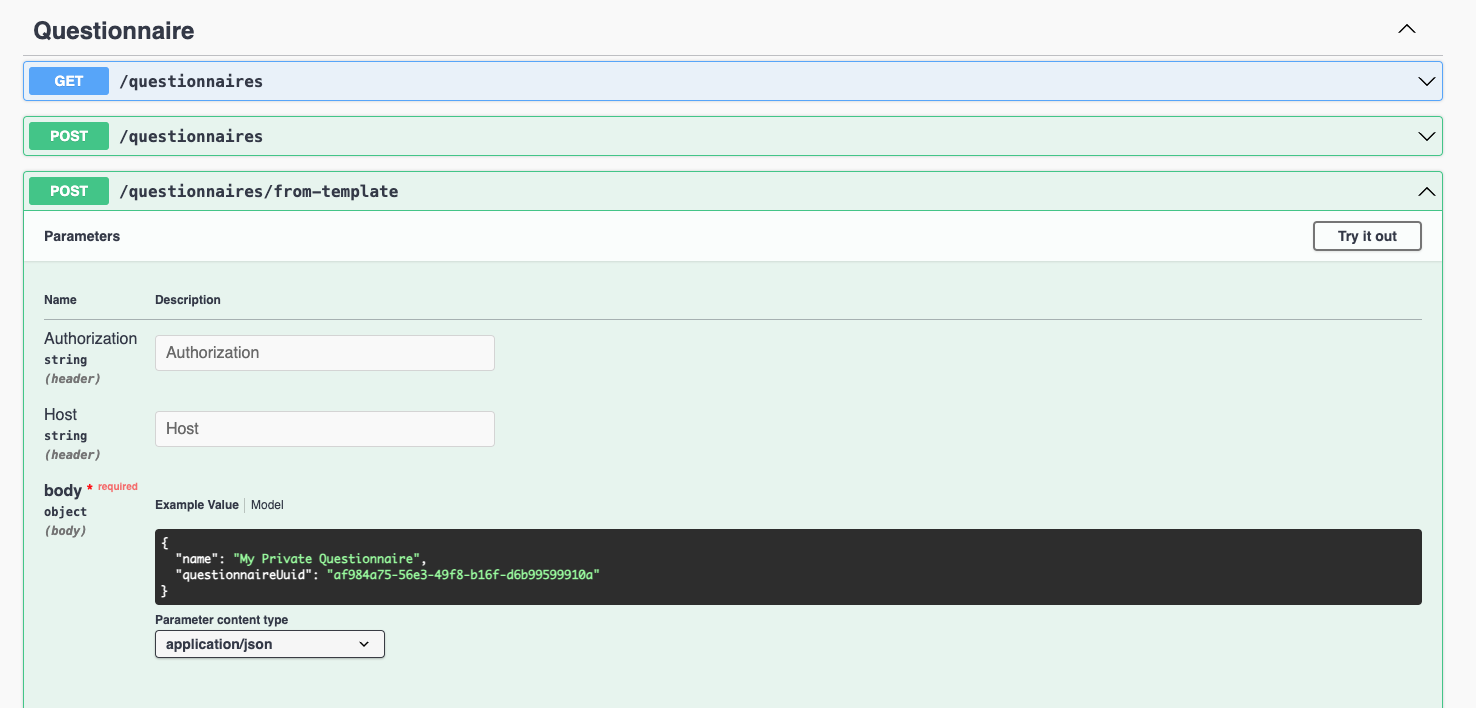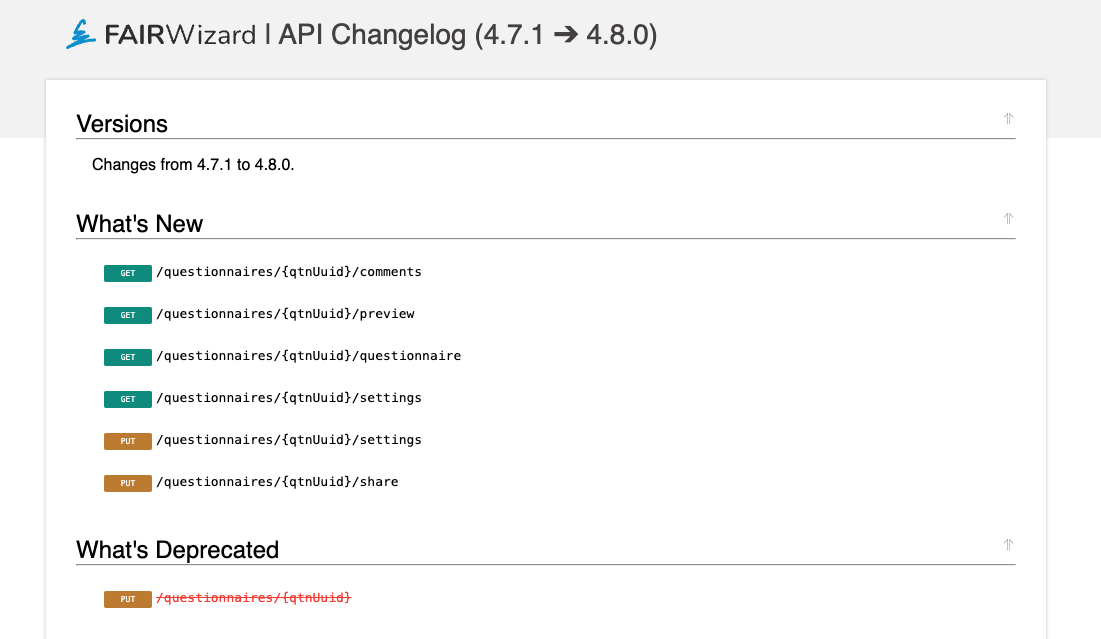In the dynamic landscape of data management, ensuring that data is Findable, Accessible, Interoperable, and Reusable (FAIR) and compliant with local policies is paramount. This is where the FAIR Wizard API steps in, offering an efficient solution for automating data stewardship and work with Data Management Plans (DMPs). In this blog post, we'll take a look at what an API is, how the FAIR Wizard APIs work, and how it can revolutionize the way you handle data management planning.

An Application Programming Interface (API) is a set of rules and protocols that allows different software applications to communicate with each other. Think of an API as a waiter in a restaurant. You (the user) tell the waiter (the API) what you want, and the waiter tells the kitchen (the server) to prepare it. Once it's ready, the waiter brings the food back to you.

APIs can facilitate the exchange of data and functionality between systems, enabling them to work together seamlessly. There are different types of APIs, with REST (Representational State Transfer) APIs being one of the most commonly used. REST APIs use standard HTTP methods (GET, POST, PUT, DELETE) to perform operations on resources represented in a web-based format, typically JSON. They are essential in modern software development, allowing developers to integrate various services and automate processes.
The current FAIR Wizard API ecosystem is primarily designed for our client application, i.e., the web-based UI that users interact with. It means that every action you perform through the client application and user interface (UI) is also accessible via API calls. Thus, all functionalities can be scripted and integrated into automated workflows, enabling direct interaction between systems without human intervention.
The FAIR Wizard platform is structured into several modules, each with its dedicated API. This modular approach allows for precise and flexible integration, ensuring that you can interact with specific components of the system as needed. As shown in the figure below, there are actually multiple APIs. Typically, for automation of data management planning, you want to use the Wizard API. Still, all FAIR Wizard APIs follow the same principles and can be easily used in the same manner when needed.

Exploring the FAIR Wizard API is straightforward and user-friendly, thanks to the Swagger UI API documentation. Based on automatically generated OpenAPI specifications, this documentation is always consistent and up-to-date, reflecting the latest changes and enhancements. Users can access the Swagger UI directly from our changelog or via the application's About dialog, ensuring that the most current information is readily available. This documentation includes detailed descriptions of all API operations and schemas, providing clear guidance on how to interact with the various endpoints and modules.

The Swagger UI not only documents all API functionalities but also allows users to try out API calls directly from the browser. This interactive feature enables developers to test endpoints with real data, view responses, and understand how the API behaves without writing any code. By providing a hands-on way to explore the API, the Swagger UI helps users quickly get up to speed with the API, ensuring a smoother integration process and more effective use of its capabilities.
Authentication with the FAIR Wizard API is very simple, utilizing API Keys to ensure secure access. We employ standard HTTP Bearer authentication, where each request to the API includes an Authorization header containing the API key. This method provides a secure and efficient way to verify the identity of the client making the request. By simply including the API key in your requests, you can authenticate easily and securely, ensuring that only authorized users can access and interact with the API's resources. This approach simplifies the authentication process, making it easy for developers to integrate and automate their data management workflows. Do not forget to treat your API key securely!
Once you have your API key and have familiarized yourself with the API through our documentation, you're ready to start making API calls to perform specific actions or retrieve desired data. The process is straightforward and can be simply integrated into your projects. Here's a simple example of how it works in Python with the Requests library:
import requests
API_URL = '...'
API_KEY = '...'
response = requests.get(
url=f'{API_URL}/users/current',
headers={'Authorization': f'Bearer {API_KEY}'},
)
response.raise_for_status()
user = response.json()
print(f'This API Key belongs to {user["email"]}')
To ensure transparency and keep clients informed about updates, FAIR Wizard team produces a detailed API changelog. This changelog documents every change, enhancement, and fix applied to the API, providing a clear historical record of the API's evolution. The API changelog for every version is accessible via our general changelog, allowing users to easily track changes and understand how updates might impact their integrations.

The FAIR Wizard API offers a range of functionalities that can be leveraged to enhance data management processes across various scenarios. Here are some typical use cases:
These use cases illustrate how the FAIR Wizard API can boost data management processes, improve accuracy, and enhance compliance, making it an invaluable tool for researchers and organizations.
The use of APIs is a powerful way for automating data management planning, ensuring that your data practices align with FAIR principles. By integrating APIs into your workflow, you can integrate the creation, customization, and maintenance of DMPs, making your research data more robust and compliant. You can remove burden of your researchers but also data stewards and other staff responsible for DMP-related tasks (e.g. reporting). Embrace the power of automation and enhance your data management strategy with the FAIR Wizard APIs.
By leveraging the FAIR Wizard APIs, you can focus more on your research and less on the administrative burdens of data management planning, ensuring your data is always ready for the future. If you want to find out more, check our API training or discuss with us how to automate your workflows.